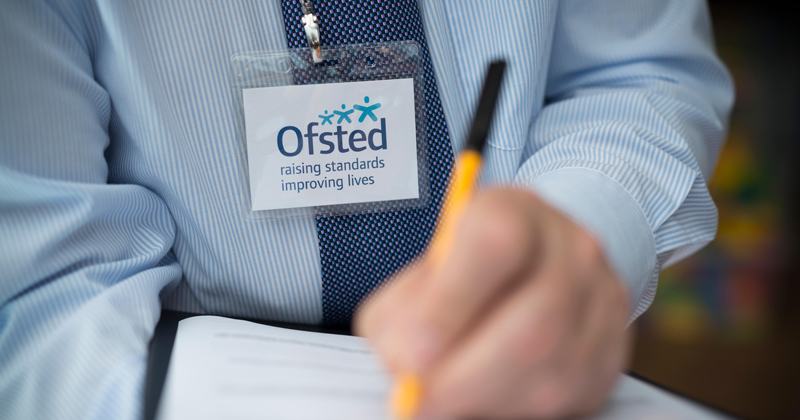More than 900 schools with successive less than ‘good’ Ofsted inspections face being forced into becoming academies or joining a new trust from September.
The Department for Education has today launched a consultation to expand its intervention powers to schools it says are “coasting” and “not making necessary improvements”.
New laws would mean any school rated as ‘requires improvement’ and with a previous less than ‘good’ rating would be eligible for intervention.
However the consultation says the government will initially focus its efforts on “coasting” schools in the 55 education improvement areas (EIAs), and those with a “long-term history of underperformance”.
Government describes these as schools with five consecutive less than ‘good’ Ofsted judgments, of which there are 200 educating around 110,000 pupils.
But intervention will not be “automatic”. The consultation states that regional directors – the rebranded regional school commissioners – will decide on a case-by-case basis if action is required.
The consultation says that 4.2 per cent of state-funded schools in England – more than 900 schools – have successive less than ‘good’ grades. This rises to 5.7 per cent in EIAs.
“Over 400,000 pupils are currently attending a school that is not making necessary improvements with around 150,000 primary and 250,000 secondary pupils attending these schools,” the consultation adds.
It is expected the “vast majority” of maintained schools and stand-alone academies “will be transferred to a MAT which has the capacity to drive and sustain the necessary school improvement”, the DfE explain.

“Coasting” academies already part of a MAT “may” be transferred to another trust if the regional director is “not confident that the current MAT is likely to secure necessary improvements”.
Grades issued prior to academy conversion will be counted
Intervention in academies will result in a termination warning notice, which is currently issued where academies are put in special measures.
However the consultation says “inspection histories” of academies will be taken into account – meaning the school’s previous grades under the local authority or old trust will be counted.
When local authority-maintained schools convert to an academy, it becomes a new school.
The consultation adds: “This will allow RDs to hold academy trusts to account for improving their academies rapidly once they have converted or transferred.”
However government will “not normally intervene” before an academy has received a full inspection under their current trust.
The government proposes schools which have fewer than five less than ‘good’ judgments will only be eligible for intervention if their most recent inspection is after May last year.
This is to account for the delays of graded inspections brought about by the pandemic.
Schools facing intervention will be informed before formal action is taken, with representations sought from the governing body.
Government will also consult with the relevant local authority, trustees or appropriate religious body.
Analysis by Education Datalab in February revealed just 1,215 of about 22,000 schools nationally had been rated less than ‘good’ in their two most recent inspections. Just over 600 of those were in EIAs.
Coasting schools are currently defined by pupil performance and progress, but the DfE will “revoke these regulations” in favour of reference to consecutive Ofsted judgements.
It states this is “consistent with the original intention” of the legislation which is “to enable intervention in schools where pupils are not fulfilling their full potential”.
The consultation closes on May 23.
















The DfE has stated today that “More than 7 out of 10 sponsored academies are now rated Good or Outstanding compared to around 1 in 10 of the local authority maintained schools they replaced”
Now the latest data on the Ofsted site is from August 2021.
https://www.gov.uk/government/collections/maintained-schools-and-academies-inspections-and-outcomes-official-statistics
On those statistics:
• Only 56% of sponsored academies are Good or Outstanding.
• Of community schools rated 4 at their previous inspection, 92% are now Good or Outstanding
• Of community schools rated 3 at their previous inspection, 94% are now Good or Outstanding
• Of sponsored academies rated 4 at their previous inspection, only 64% are now Good or Outstanding
• Of sponsored academies rated 3 at their previous inspection, only 60% are now Good or Outstanding
• For converter academies (which transferred because they were originally Good or Outstandng) for the 115 previously rated 4 (when they were converter academies), only 62% became Good or Outstanding – even though they had been so previously
• For converter academies rated 3 (449), they did better, with 79% becoming good or outstanding but still not as good as community schools – and again these were previously good or outstanding.
It is clear that the coasting schools are principally academies.